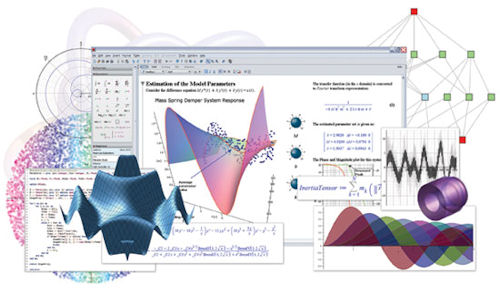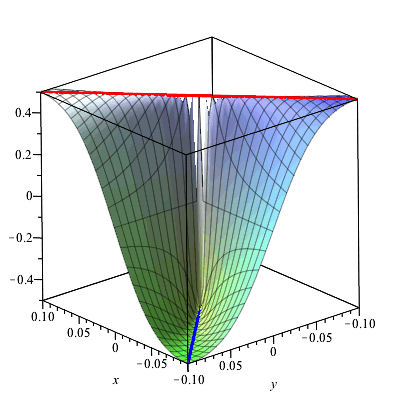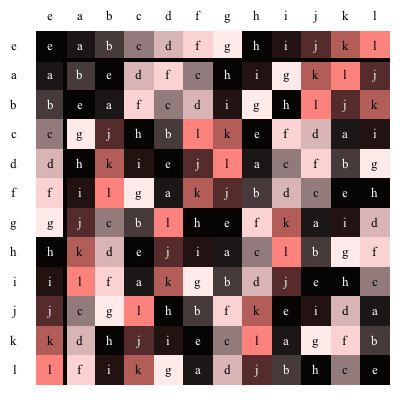Engineering, Mathematical, and Scientific System Updated
Maple 17 offers over 400 new commands for technical problem solving and application development.
Latest News
March 27, 2013
 Maplesoft says that Maple 17—the latest release of its flagship technical computing and documentation software for engineers, mathematicians, and scientists—offers more than 400 new commands for problem solving and technical applications development. Image courtesy of Maplesoft. |
The company reports that version 17 sees major advancements in the software’s ability to solve systems of equations, new signal processing tools for analyzing and manipulating data in the frequency and time domains, and expanded support for physics, statistics, and dynamic systems. Among the included tools for signal processing are cosine, fast Fourier, and wavelet transforms; cross-correlation, autocorrelation, data statistics, and up-sampling/down-sampling; and FIR, IIR, and Butterworth filters.
Enhancements to Maple’s Physics package include new commands for working with tensors and special and general relativity; a programming library that provides access to almost 100 internal commands for writing programs or extending the capabilities of the Physics package; and enhanced support for vector analysis, Dirac matrices, and commutator and anticommutator algebras.
New statistics support includes a new algorithm for fitting data in an over-determined system for use in predictive modeling as well as a new robust measure of dispersion said to be more suitable for asymmetric distributions than median absolute deviation.
Improvements to the DynamicSystems package for control design include a new frequencies option for all frequency-based plots, which is said to enable users to specify the precise frequencies at which expressions are evaluated. The FrequencyResponse routine now handles differential equations with input derivative, and all models now accept linear, non-differential systems. Additionally, the Grammians command has been extended to work with discrete systems, and Nichols plots are now accessible from the context-sensitive menu.
 In Maple 17, the limit command has been enhanced for the case of limits of bivariate rational functions. Image courtesy of Maplesoft. |
Maple 17 introduces a new Group Theory package that has more than 150 commands for constructing groups, examining their properties, performing operations, and visualization. It includes a set of group constructors and databases of standard groups to make getting started easier and visualizations of Cayley tables and subgroup lattices. It has support for alternating and symmetric groups; cyclic, dicyclic, and dihedral groups; linear, orthogonal, and unitary groups over finite fields; and quaternions. Operations include isomorphism testing; examining subgroup lattices; splitting a group into conjugacy classes; factoring a group element into a coset representative and a subgroup element; computing if a group is simple, nilpotent, or soluble; identifying isomorphisms for groups up to order 200; and computing standard subgroups, such as Sylow subgroups, the center, and the derived subgroup.
Maple 17 also includes a new class of ordinary differential equations of Abel type, with non-constant invariants and depending on two arbitrary parameters. Additionally, a large number of changes were added to the routines for tackling ordinary and partial differential equations, according to the company.
Performance has also been enhanced with improvements to frequently called routines and algorithms as well as in the low-level infrastructure of memory management, according to Maplesoft. By way of an example, the company cites a new memory manager that takes advantage of multiple processors. This, says Maplesoft, allows computations to run 10% faster on average, with memory-intensive computations running up to 50% faster.
 The Group Theory package in Maple 17 features new visualizations for drawing Cayley tables and subgroup lattices of finite groups. Image courtesy of Maplesoft. |
For application development, Maplesoft reports that Maple 17 introduces such productivity tools as a new advanced code editor intended to make algorithm development for complex applications easier. Version 17 also sees an embedded video component for adding multimedia content to applications and new programming constructs to make writing multithreaded code for parallel execution easier. Additional productivity enhancements in version 17 include improved command completion while using math notation and improvements to the software’s 2D and 3D visualizations.
“Many professional organizations rely on Maple to solve their challenging mathematics-based problems, both directly and as part of the analysis environment of MapleSim, our advanced system-level modeling tool,” says Dr. Laurent Bernardin, executive vice president and chief scientist at Maplesoft in a press statement. “With Maple 17, customers will have access to more solvers, and even more intuitive environment, and tools to make it even easier to develop their own applications, from interactive calculators to multi-year research projects.
Maple 17 is available in English, with built-in extensions available for eight additional languages. A Japanese version of Maple 17 will be available in April. Single-user pricing is $2,275 (US). Details on upgrade pricing for existing users is available from the company. For more information on Maple 17, visit Maplesoft.
Click here for details on the key new features in Maple 17.
Request a 30-day evaluation of Maple.
Sign-up to access a library of resources demonstrating how Maple is used.
See why DE’s editors selected Maple 17 as their Pick of the Week.
Sources: Press materials received from the company and additional information gleaned from the company’s website.
Subscribe to our FREE magazine, FREE email newsletters or both!
Latest News
About the Author
Anthony J. Lockwood is Digital Engineering’s founding editor. He is now retired. Contact him via [email protected].
Follow DE





